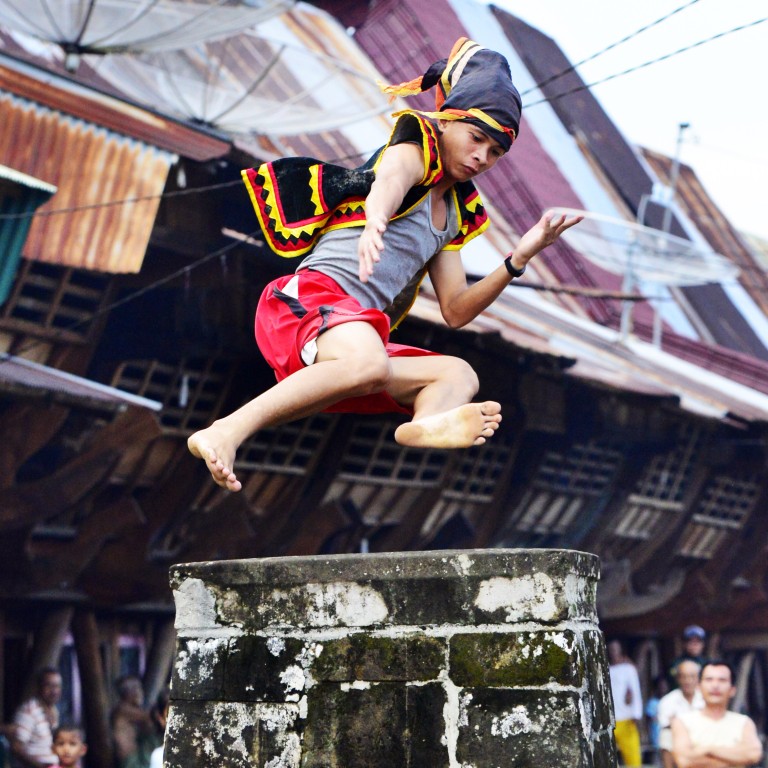
Indonesia has been called ‘the world’s most invisible country’, but look beyond Bali and Java and you’ll find a wealth of traditional culture and architecture
- Communities on Nias, a small island off Sumatra, build remarkable palaces for their kings and partake in the traditional practice of hombo batu – rock jumping
- Young men in the rural villages leap over 2-metre-high stone towers in a show of speed, agility and guts that would leave many Western athletes coming up short
“Indonesia has been described as the world’s most invisible country,” says Bali-based travel writer Mark Eveleigh, even though “invisible” is “a strange word to attribute to the world’s fourth most populous nation, an archipelago of more than 13,000 islands, sprawling across three time zones.
“While Bali and Java – and perhaps Sumatra – might be relatively well-known travel destinations, most people would have trouble locating Indonesia on a map,” he explains.
It was with the aim of placing the nation a little more squarely in the spotlight that Eveleigh wrote the book Kopi Dulu – Caffeine-Fuelled Travels Through Indonesia, the story of a 15,000km (9,300 mile) journey through the archipelago. And he’s well qualified to explain the Asian country to his readers.
“I first travelled in Indonesia – on an expedition into the heart of Borneo – in 1996 and have since worked on hundreds of assignments all over those islands. I wanted Kopi Dulu to be an homage to one of the world’s most exciting and diverse countries.”
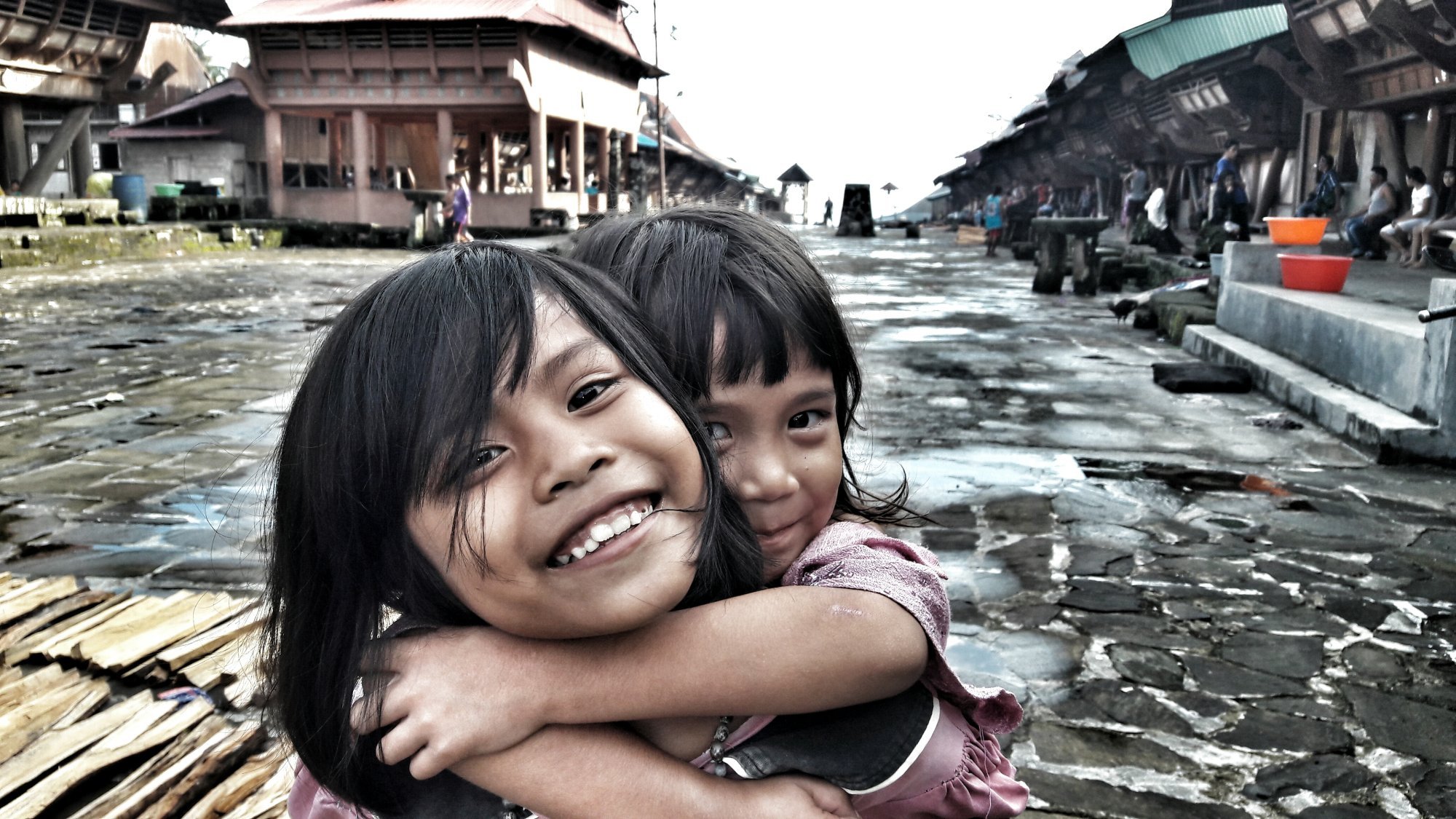
The title translates as “coffee first”, he says. “It’s a common Indonesian catchphrase that epitomises the slow pace of island life and the traditional mood of hospitality you find in communities all over the archipelago.”
In this excerpt from the book, Eveleigh discovers the charms of a small village on Nias island, which lies off the western coast of Sumatra – the largest island fully within Indonesian territory.

“Apart from the bloom of satellite dishes, little could have changed in Bawomataluo village, on the southern edge of Nias Island, over the centuries. It was washing day when I arrived and colourful racks of clothes, like flowering creepers, decked the street in front of the old timber houses. I had to step carefully around woven mats on which cacao, coffee, rice, betel nut, and nilam leaves (for making patchouli oil) lay drying under the morning sun.
I’d been given directions but there was no question which house belonged to ‘the king.’ It was by far the biggest and most stately of the stilted timber houses at the centre of the village. The wide thoroughfare in front of the house was decorated with huge stone megaliths, the biggest of which must have weighed well over a ton.
This royal palace (now with a zinc roof) was said to date back hundreds of years and it is a credit to traditional architecture that, while hundreds of modern buildings were destroyed during the 2005 earthquake, this gigantic structure, and the buildings alongside it, remained almost unaffected. In fact, despite the widespread damage, there was not a single account of anyone who died in the collapse of a traditional house.
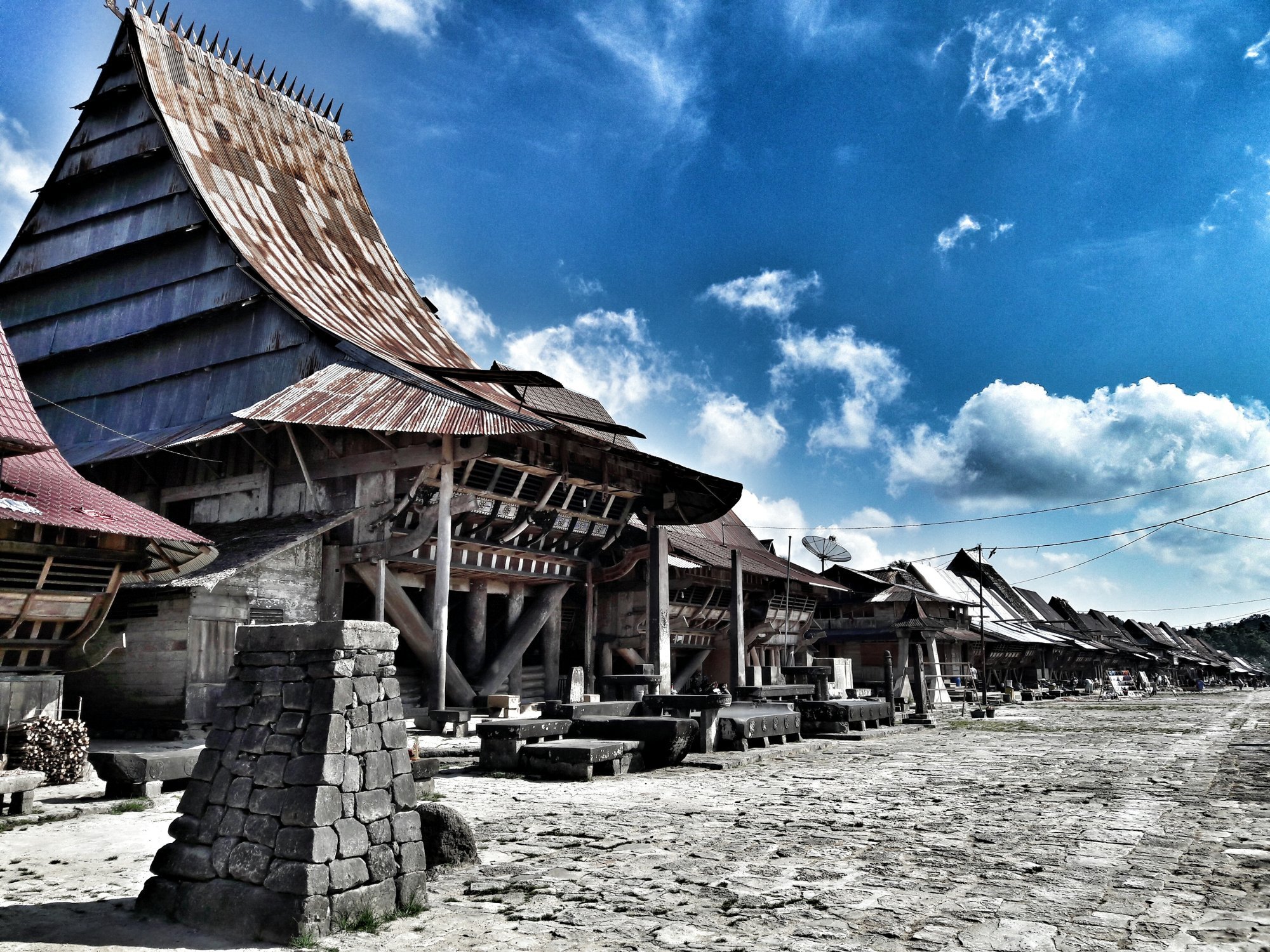

I’d heard that all such royal houses were entered via a trapdoor in the floor and as I heaved myself up the monumental steps I began to feel increasingly intimidated by the sheer scale of the architecture. This building was clearly well-designed for defence; any attacker who tried to storm this place would be in no condition to fight once he reached the waiting defenders.
By the time I arrived at the topmost step I was conjuring images of the sort of giant who could take such lofty steps in his stride. I was relieved, therefore, to find that Bapak Laowo Fau was a man whose charm and sense of hospitality far out measured his diminutive physical stature. He invited me to sit cross-legged on the floor while a young woman in an ornate hand-woven sarong bustled out to prepare kopi in the kitchen at the back of the house.
After a few minutes of small talk, I asked the king what traditions his people had to explain their tribe’s arrival on the island, or their own beliefs about the dawn of creation and their original ancestors.
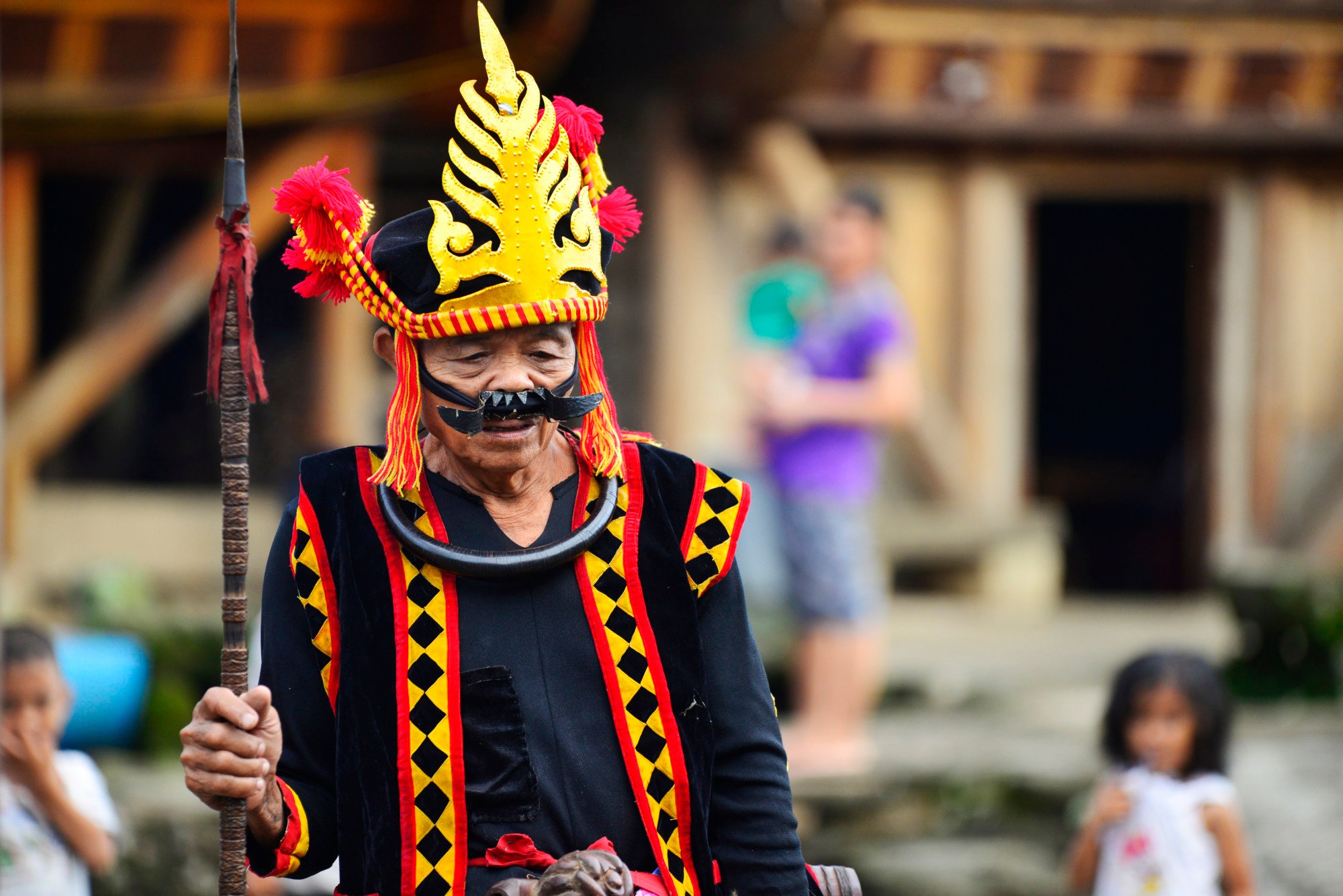
‘The very first king, my great-great-great-great grandfather, is still buried on the hill behind this house,’ he replied. ‘Experts are not sure where we came from before, but we believe our ancestors migrated from the area that is now Vietnam.’
In fact, stone tools found in Togi Ndrawa cave, central Nias, prove that the island has been populated for at least 12,000 years, but historians believe that a large group of migrants arrived here about 3,000 years ago.
The list of possible migration routes - along with Vietnam, experts have cited, among others, Taiwan, Cambodia, Thailand, Philippines - sometimes seems to outnumber even the list of anthropologists who could have made these claims.
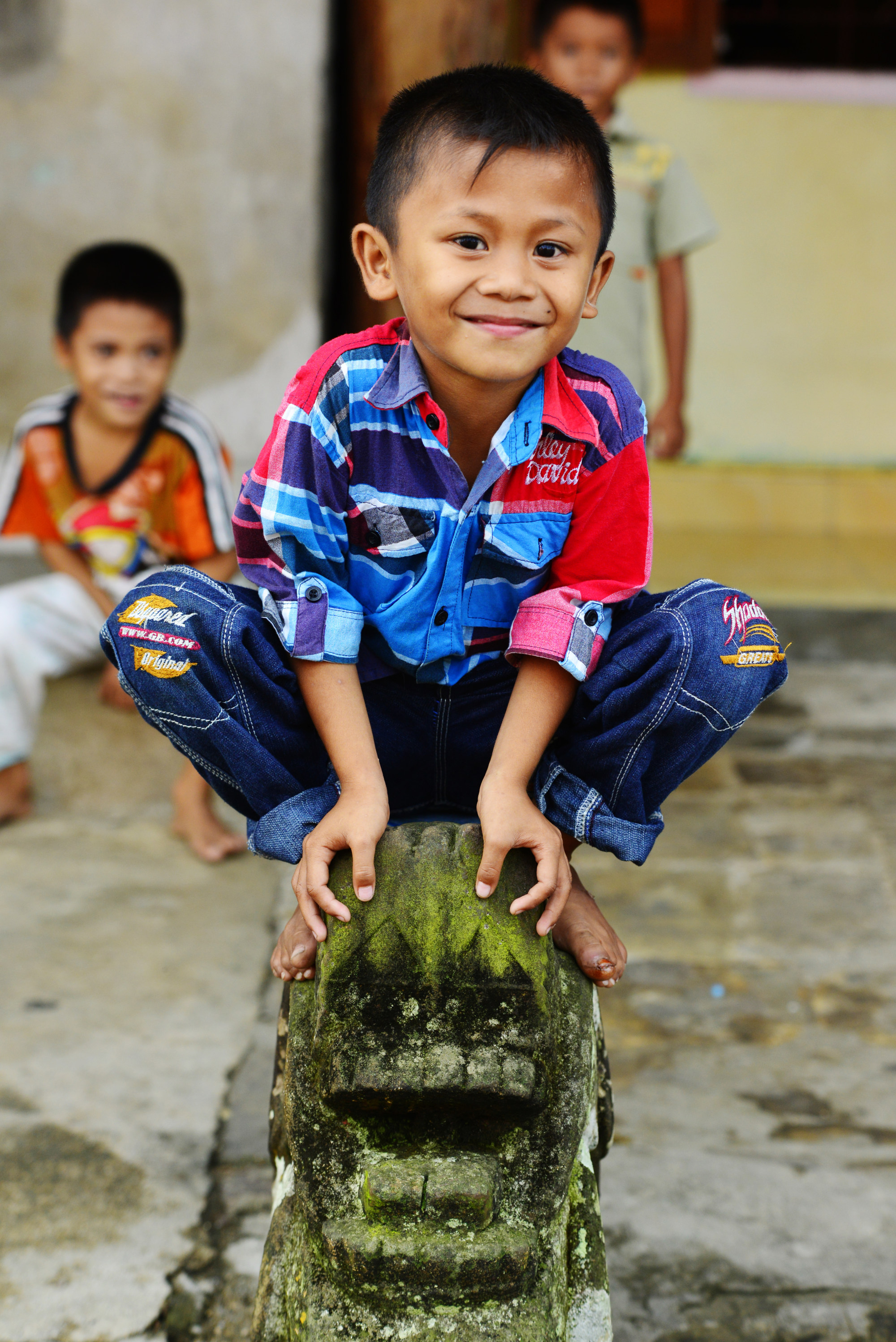
‘It’s hard to maintain these houses,’ Bapak Laowo Fau told me as I admired the great timber beams above our heads. ‘Not only is construction expensive, but there are endless costly rituals we have to observe.’
As with aristocrats all over the world, the king was clearly not as wealthy as his forefathers had been. It is said that there were now only four surviving Omo Sebua palaces of this sort in southern Nias.
As I said goodbye to Bapak Laowo Fau it occurred to me that perhaps these giant steps are only to be expected of people who make a pastime of hurling themselves over gigantic drystone walls.
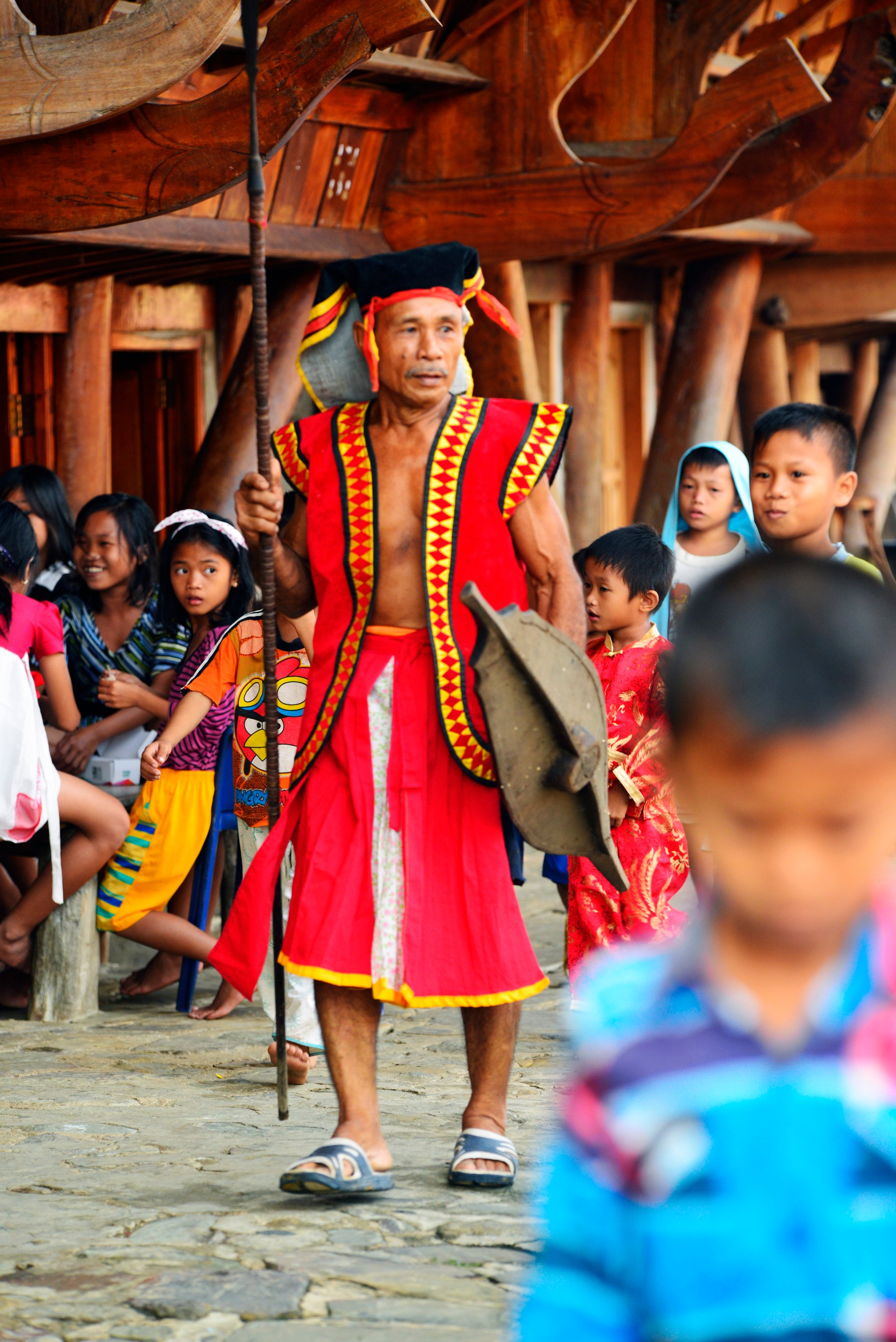
Perhaps, the people of southern Nias are, after all, giants trapped in small bodies. How else could you explain the phenomenon of the young men who hurdle two-metre-high stone walls?
The traditional sport of stone-jumping is practiced only on Nias. It must be one of the world’s most spectacular feats of athleticism and I was determined to witness it before I left the island.
The ancient hombo batu (jumping stone) in the village of Hiliamaetaniha measures 1.95 metres tall. The great row of traditional houses leaned forward over the street, creating a shaded walkway and communal work area. In front of the ‘king’s house’ there were wooden figures of warriors and stone monoliths that may have been centuries old. What is invariably described as a ‘jumping stone’ was, in fact, a sturdy pillar, a drystone wall built from carefully chiselled rocks.

I met with the village headman to ask if - in return for a suitable donation - it would be possible for the men to demonstrate their skills on the jumping stone. I took a seat in the shade and, just a few minutes later, three young men appeared, clad in knee-length black shorts and with black waistcoats that were ornately brocaded with gold-coloured thread. All were barefoot and they wore a sort of red-and-yellow headdress, with a gilded flame design on the front.
Comparing the monumental height of the wall with the diminutive stature of the three athletes I wondered how it could even be possible for them to clear it. Every village has its elite group of local heroes. A young man called Haryanti Wau told me that he had been jumping since his early teens and that he was one of just five men in Hiliamaetaniha who could jump his village’s hombo batu.
Haryanti paced out the distance he needed for his approaching sprint. When his right foot landed on the low ‘launching pad’ stone step beside the wall he must have been running flat out. He flew up into the air, legs tucked under him, and cleared the rock slab on the top of the wall to land on his feet on the other side.
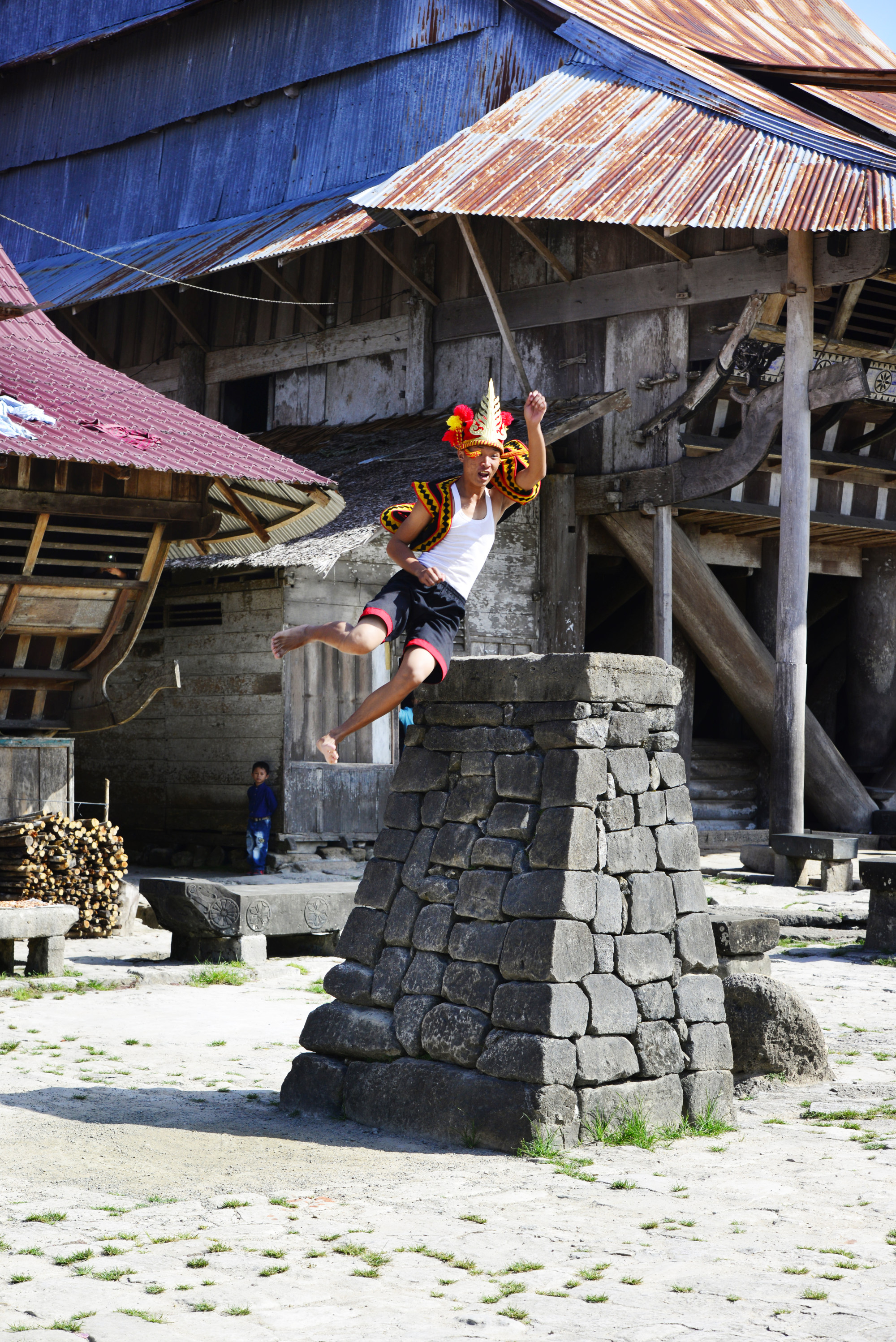
It was a feat that few Western athletes could have managed but Haryanti cleared the stone with almost 10 centimetres (four inches) to spare.
As I handed over my donation I suggested that it was about time the headman built a higher wall.”
Mark Eveleigh’s Kopi Dulu: Caffeine-Fuelled Travels Through Indonesia will be published by Penguin Random House SEA on August 9. The above excerpt was published with permission from Penguin Random House SEA.
